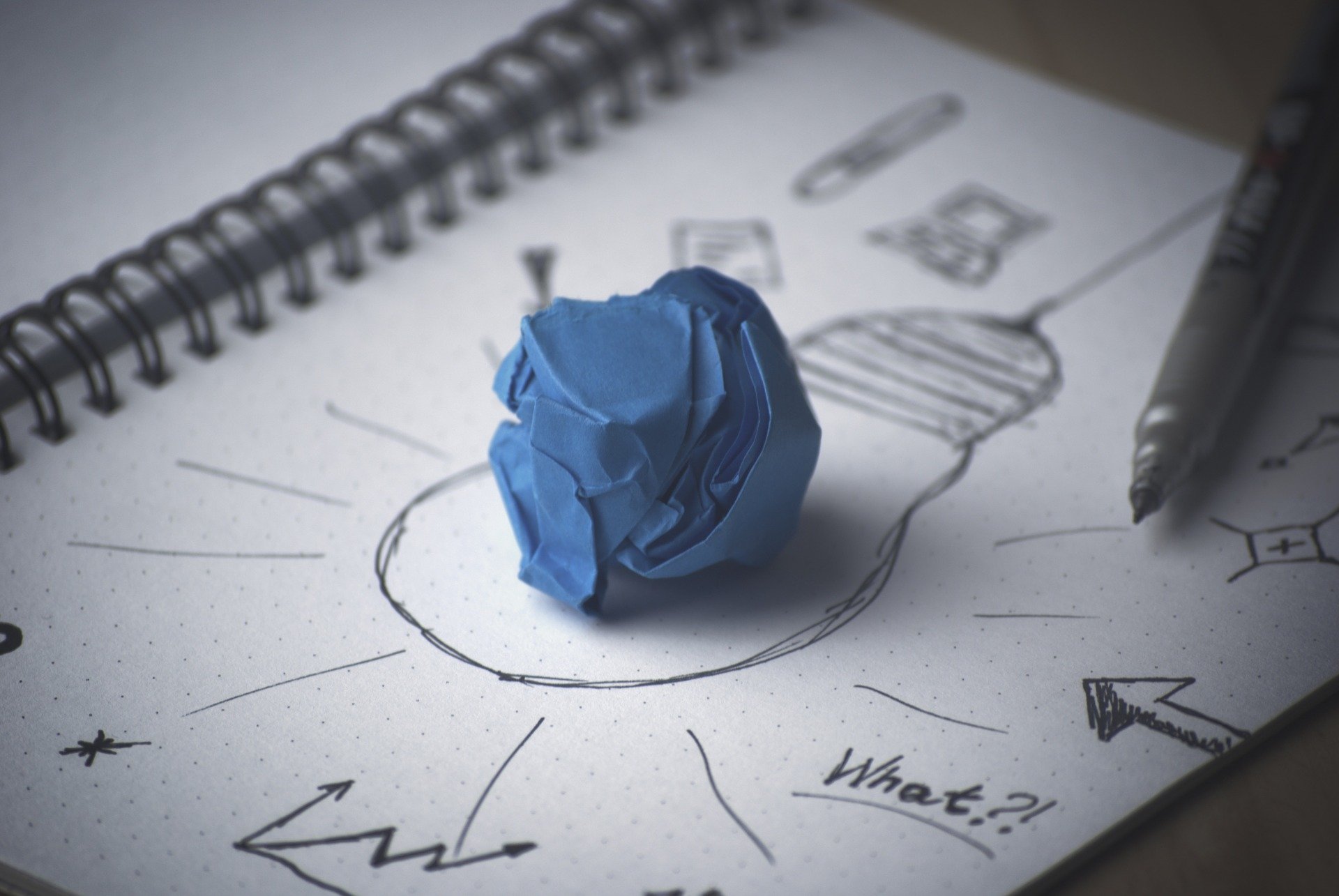Can We Actually Grow Our Brains?

While seeking to adopt a growth mindset, it can be tempting as an educator to inform a learner that “he/she” can do anything and then appreciate that effort. But, that is not the case with a true growth mindset. A growth mindset means “that trying harder –and deploying new methods –helps them succeed in the current task and helps in the future by reinforcing their brain.”
This mindset aims to understand that learning can reset the brain. As students get new information, their intelligence level increases, affecting brain synapses. Unfortunately, in some schools, the growth mindset sways from praising effort for the sake of effort to humiliating students when they do not learn effectively.
Growth Mindset vs. Fixed Mindset
In a growth mindset, students are taught how they have control over success and failure. Some of the attributes of a growth mindset for the classroom are:
When faced with a particular learning challenge, guide the students to identify the required steps they need to take in tackling the challenge. With this, when faced with other school-related challenges, they already have a skill set to help them understand that the task ahead will be difficult; but they are willing to persevere.
Teach the students to use feedback not as criticism but as a medium to learn to accomplish the task better. Though it can be natural to respond to constructive criticism with defensiveness, an example for students is the process of separating the feedback to seek ways they can change and accomplish more in the next assignment.
Allow verbal feedback and praise when you discover your students discussing the right steps for an assignment; make it clear that if they never failed, they never tried; lookout for examples of renowned people who discuss preserving when it was difficult and what they learned.
Advising students to keep it through the power of the word “Yet” helps them learn that yet means to keep striving to learn that concept that is hard, not retreating until they achieve success.
In contrast, the fixed mindset suggests that students can’t be more creative, more successful, or more aimed at their potential.
Some of the features of a fixed mindset include:
- The standing belief is that people’s qualities are static and ineffective to change.
- Talent is equal to success, and continuous efforts do not lead to success.
- Many are born with a fixed mindset one cannot alter.
As teachers with a high level of influence over our students, we must be mindful not to use a false growth mindset in the classroom when we celebrate effort without feedback and expect students to do better next time.
Research has made it clear that “how (students perceive their abilities- plays a vital role in their motivation and achievement.” When students have the confidence to grow their minds by learning new ideas, they believe they can achieve more even when they have to work for it.


